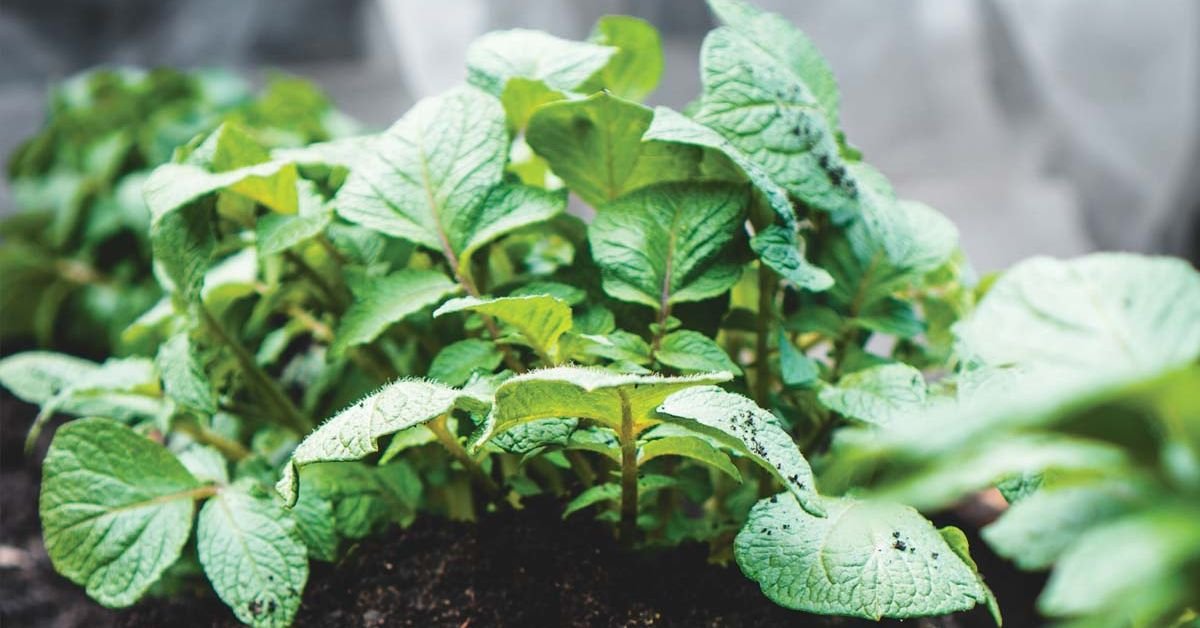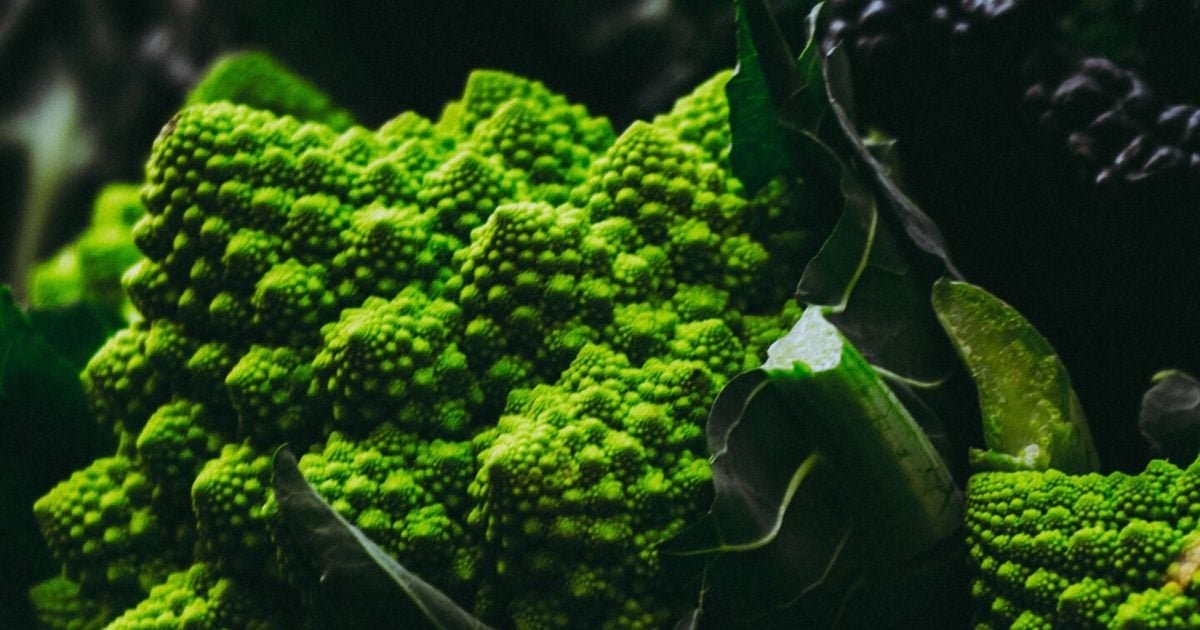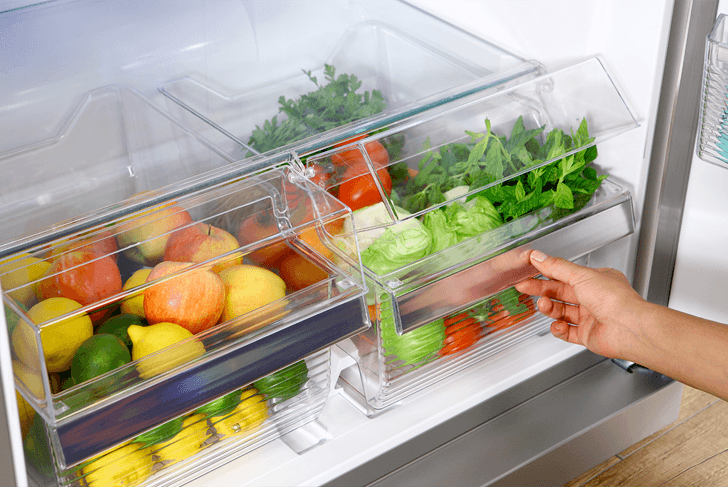When you come across the term “certified organic,” what thoughts cross your mind? Perhaps you envision food that is free from harmful pesticides, hormones, and genetically modified organisms? Or maybe a lush farm landscape nurtured by a farmer committed to ecological welfare?
According to the US Department of Agriculture, organic agriculture encompasses “practices that support the cycling of on-farm resources, promote ecological balance, and conserve biodiversity.” This includes improving soil and water quality and preserving habitats for wetlands, woodlands, and wildlife.
However, by this criteria, a hydroponic facility that operates without soil and sunshine, utilizing a nutrient solution with no natural land management, seems somewhat disconnected from these ideals. Nonetheless, such produce can still be certified organic according to current USDA standards. This allowance has sparked substantial debate among small organic farmers across America, who have dedicated years to cultivating a movement, an established label, and a customer base centered around land stewardship principles.
What about Canada?
In Canada, organic standards explicitly prohibit soil-less farming methods, meaning hydroponic produce from the US cannot carry the organic label. Conversely, Canadian hydroponic growers are permitted to sell their products in the US, where they can obtain organic certification.
You might ask, why the concern? After all, produce like hydroponic tomatoes or strawberries isn’t laden with the harmful chemicals that their conventional counterparts may have—and isn’t that the essence of organic?
Not according to the pioneers of the organic movement. They argue that what distinguishes organic farming is not merely the replacement of harmful substances with more natural alternatives, but a comprehensive approach to food cultivation that emphasizes the well-being of the land, particularly the soil.
Soil matters
Hydroponic systems may enhance efficiency and yield by disconnecting plants from soil, but we must recognize what is sacrificed. There’s a loss of the time-honored relationship between soil, insects, microbes, fungi, sunlight, and plants—essentially, food cultivated within a thriving ecological cycle.
Jean-Martin Fortier, an organic farmer and educator from Quebec, who serves on the advisory board of the Real Organic Project, views hydroponics as a continuation of an erroneous approach.
“By bypassing the soil in conventional farming with synthetic fertilizers, you lose the beneficial elements. Hydroponics follows the same approach: by eliminating soil, you miss out on what fosters fertility,” Fortier explains.
The role of soil in health may extend further than we currently understand, as recent studies unveil its impact on developing strong immune systems and facilitating nutrient delivery to plants through the soil food web. What are the implications if we start to see soil as expendable?
Organic sells
Given the increasing consumer interest, it’s unsurprising that the hydroponics sector wants to claim the organic label. However, the startup costs associated with indoor growing technology are often prohibitive for small-scale farmers, thus favoring larger operators who can achieve economies of scale.
Small farmers might find it challenging to price competitively against hydroponic producers, particularly when the organic label does not enable them to highlight their distinct farming methods, leaving consumers uninformed.
Life ways
Replacing knowledgeable local farmers with artificial intelligence, robots, and lab technicians erodes the vital insights that come from a strong connection to the land.
How resilient can our food system be if it relies continually on external electricity, nutrients, and seeds that lack any experience with outdoor conditions?
Small organic farmers contend that it’s insufficient for a food item to merely be chemical-free or nutritionally equivalent. For Fortier, natural farming encompasses “how we wish to live, what we value, and what is truly important.” This encapsulates the essence of the movement.
(Re)generating buzz
Meanwhile, a new buzzword is emerging among both growers and consumers: regenerative. Regenerative agriculture aligns with many organic principles, integrating traditional ecological knowledge and contemporary scientific understanding.
It refers to a set of holistic practices that lead to enhanced land health and productivity over time—essentially the opposite of conventional farming. These practices, which include diverse cover-cropping and livestock integration, collaboratively enhance soil carbon storage—beneficial in our climate-changing era.
Estimates vary, but regeneratively managed soil may capture a significant portion of global CO2 emissions. The Rodale Institute believes this figure could reach as high as 100 percent.
This transformation could turn agriculture, which currently contributes one-third of global greenhouse emissions, into a net carbon sink. In addition, carbon-rich soils, with improved capacity for water and nutrient retention, offer vital advantages such as enhanced resilience against fires, droughts, and floods.
Do more good
Under regenerative metrics, hydroponic farming falls short, as it may conserve land and water but fails to increase biodiversity within its ecosystem and soil.
Regenerative farmers advocate for land usage; when approached correctly, their impact on land can be constructive, fostering renewal and restoration, along with contributing to carbon sequestration.
Developing a food system that is both clean and equitable for people and the planet may encompass some hydroponic cultivation, but whether soil-less, organic, or regenerative, it’s crucial to be aware of our choices and the future we are crafting as consumers. Ultimately, as the eminent farmer and writer Wendell Berry said, “eating is an agricultural act.”
How to know?
New labels are surfacing to help clarify the practices associated with various products. Here are a few:
- Regenerative Organic Certified: Companies pursuing this certification include Nature’s Path, Dr. Bronner’s, and Patagonia.
- Real Organic Project: An additional certification for certified organic producers adhering to extra standards.
- Certified Regenerative by AGW: Regenerative, but not necessarily organic.
Fortier suggests, “the real solution is to visit your local farmers’ market and connect with a farmer directly.” Many food producers farm organically and/or regeneratively without formal certification, so the best way to know is by asking questions. Additionally, don’t hesitate to inquire with your produce manager about the sources of their fruits and vegetables.
Dig deeper
To learn more or to actively support soil-focused initiatives, consider checking out the following resources:
- Regeneration Canada
- Keep the Soil in Organic (Facebook group)
- Regenerative Agriculture Foundation
- Young Agrarians
- Steward (gosteward.com)
- Elaine’s Soil Food Web School
A more sustainable demographic
In Canada, organic farms are more likely to be operated by both men and women compared to conventional farms, and the farmers are more frequently under the age of 55.
This article was originally published in the April 2022 issue of alive.






